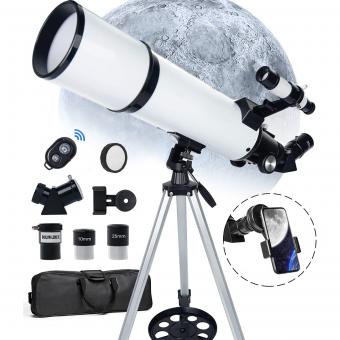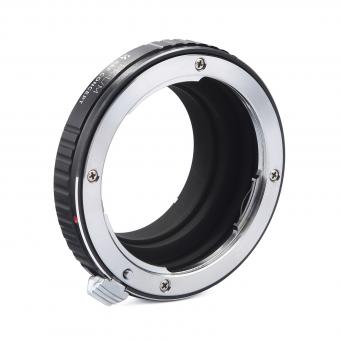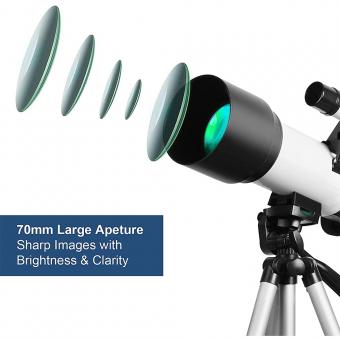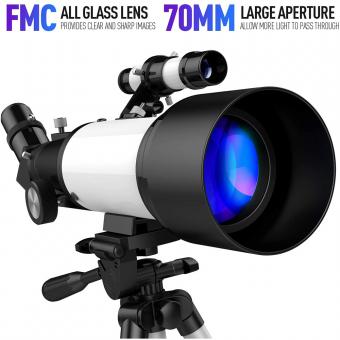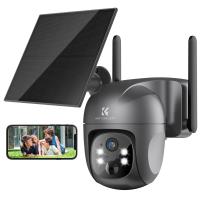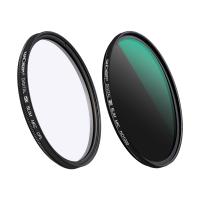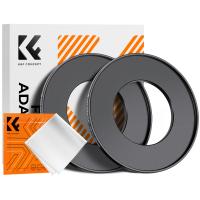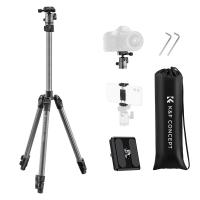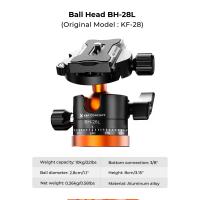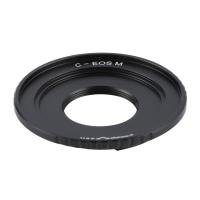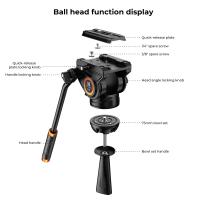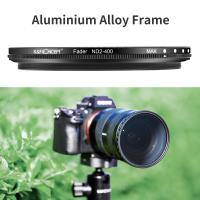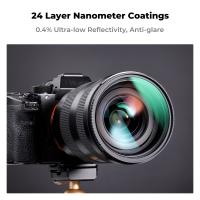Which Telescope Is Best To See Planets?
There are several telescopes that are suitable for observing planets. Refracting telescopes are generally better for planetary observation because they provide sharper images. The size of the telescope's aperture is also important, as larger apertures allow for more light to enter the telescope, resulting in brighter and clearer images. Some popular telescopes for planetary observation include the Celestron NexStar 6SE, the Orion SkyQuest XT8 Classic Dobsonian, and the Meade Instruments LX90-ACF. Ultimately, the best telescope for observing planets will depend on your budget, observing location, and personal preferences.
1、 Aperture size

Which telescope is best to see planets? The answer is aperture size. The larger the aperture size, the more light the telescope can gather, resulting in a brighter and clearer image of the planets. Planets are relatively small and distant objects, so a telescope with a larger aperture size is necessary to see them in detail.
For planetary observation, a telescope with an aperture size of at least 4 inches (100mm) is recommended. Telescopes with larger aperture sizes, such as 8 inches (200mm) or 10 inches (250mm), are even better for planetary observation. These larger telescopes can reveal more details on the planets, such as cloud bands on Jupiter and the rings of Saturn.
However, aperture size is not the only factor to consider when choosing a telescope for planetary observation. The quality of the optics, the stability of the mount, and the atmospheric conditions also play a role in the quality of the image. In recent years, computerized telescopes with advanced tracking systems have become popular for planetary observation, as they can automatically track the planets as they move across the sky.
In conclusion, when it comes to observing planets, aperture size is the most important factor to consider when choosing a telescope. A larger aperture size will provide a brighter and clearer image of the planets, allowing you to see more details. However, other factors such as the quality of the optics and the stability of the mount should also be considered to ensure the best possible viewing experience.
2、 Focal length
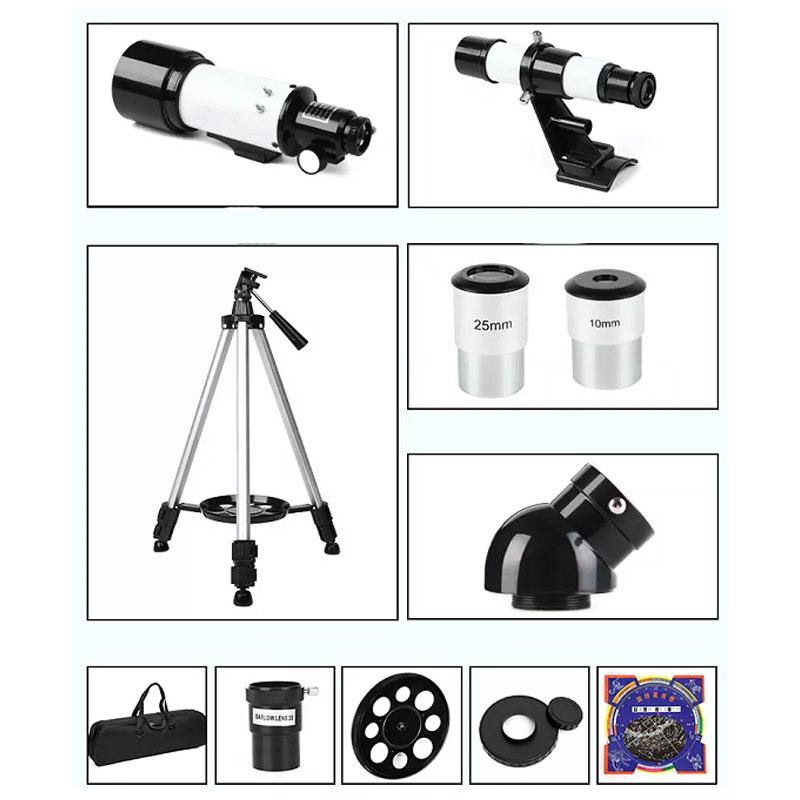
Which telescope is best to see planets? The answer to this question depends on several factors, including the aperture, focal length, and optical quality of the telescope. However, when it comes to observing planets, the focal length of the telescope is one of the most important factors to consider.
A telescope with a longer focal length will provide higher magnification, which is essential for observing the details of planets such as Jupiter's cloud bands or Saturn's rings. However, it's important to note that higher magnification also means a smaller field of view, which can make it more challenging to locate planets in the sky.
In general, refracting telescopes tend to have longer focal lengths than reflecting telescopes, making them a popular choice for planetary observation. However, reflecting telescopes with a large aperture and high-quality optics can also provide excellent views of planets.
It's worth noting that the latest point of view in the field of planetary observation is the use of advanced imaging techniques such as planetary photography and video astronomy. These techniques allow amateur astronomers to capture stunning images and videos of planets using relatively modest equipment.
In conclusion, when it comes to observing planets, a telescope with a longer focal length is generally considered to be the best option. However, other factors such as aperture and optical quality should also be taken into account. Additionally, the use of advanced imaging techniques can enhance the viewing experience and provide stunning images of planets.
3、 Magnification
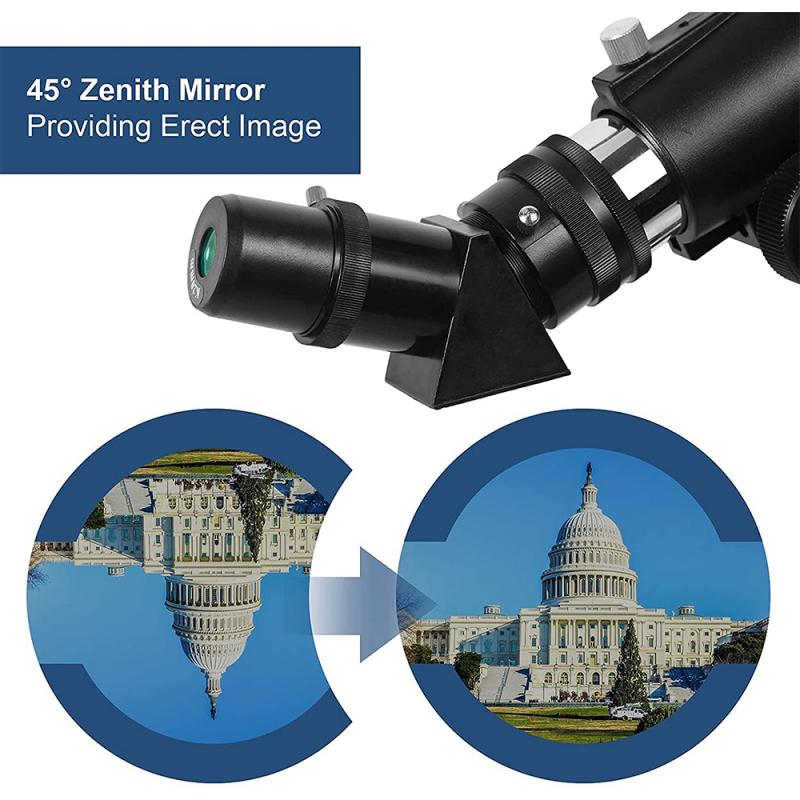
Which telescope is best to see planets? Magnification is an important factor to consider when choosing a telescope for planetary observation. However, it is not the only factor to consider. The aperture size of the telescope is also important, as it determines the amount of light the telescope can gather and therefore the level of detail visible in the planets.
In general, a telescope with an aperture of at least 4 inches (100mm) is recommended for planetary observation. This will allow for good detail in the planets, especially when combined with a high magnification eyepiece. However, it is important to note that high magnification does not always equal better views. Atmospheric conditions, such as turbulence and seeing, can greatly affect the clarity of the image.
In recent years, computerized telescopes with GoTo technology have become increasingly popular for planetary observation. These telescopes use advanced tracking systems to automatically locate and track planets, making it easier for beginners to find and observe them. Additionally, some telescopes now come with built-in cameras and software that allow for planetary imaging and stacking, which can greatly enhance the level of detail visible in the planets.
Overall, when choosing a telescope for planetary observation, it is important to consider both the aperture size and magnification capabilities, as well as any additional features such as GoTo technology and imaging capabilities.
4、 Optical quality
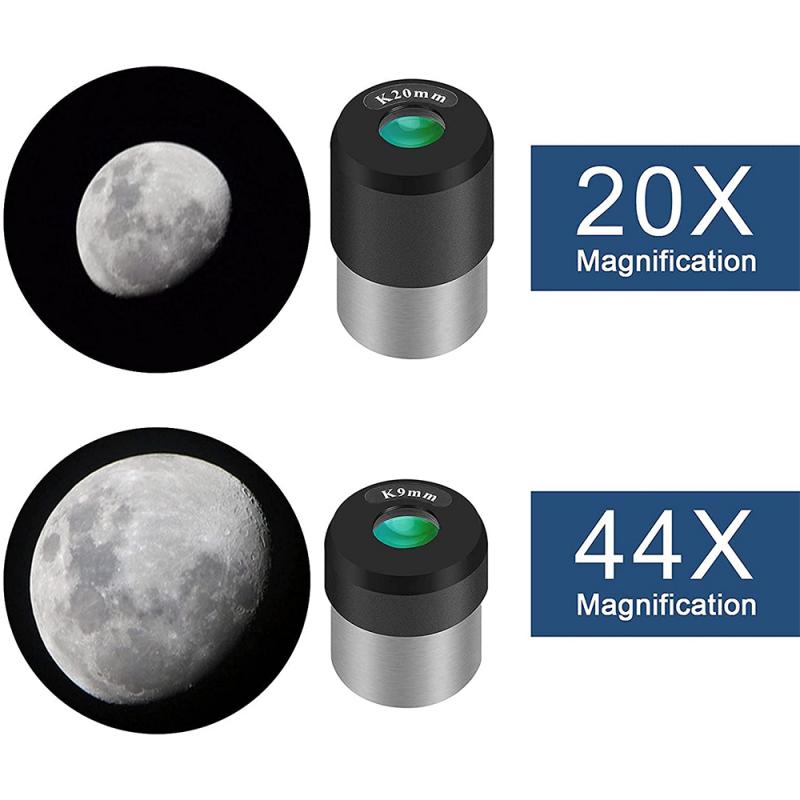
Which telescope is best to see planets? The answer to this question depends on several factors, including the optical quality of the telescope, the size of the aperture, and the type of mount. However, when it comes to optical quality, refracting telescopes are generally considered to be the best for planetary observation.
Refracting telescopes use lenses to gather and focus light, which results in sharper and clearer images than reflecting telescopes that use mirrors. The quality of the lenses used in a refracting telescope is crucial for producing high-quality images. Achromatic lenses, which are made from two types of glass, are commonly used in refracting telescopes and provide good color correction. However, apochromatic lenses, which are made from three types of glass, offer even better color correction and are preferred by serious planetary observers.
In recent years, there has been a growing interest in using catadioptric telescopes, which combine lenses and mirrors to produce images. These telescopes, such as Schmidt-Cassegrain and Maksutov-Cassegrain designs, offer a compact and portable option for planetary observation. However, the optical quality of these telescopes can vary depending on the manufacturer and the specific model.
Ultimately, the best telescope for planetary observation will depend on your specific needs and budget. However, if optical quality is your top priority, a high-quality refracting telescope with an apochromatic lens is the way to go.






